Any time you discuss Cognac, you know The Big 4 are going to come up one way or another. They’re leaders within the industry and are, well, big for a reason. I’ve always been of the thinking that just because a company is huge, doesn’t mean it’s a bad thing. They got that way from doing something right. And when we talk about Rémy Martin specifically, they’ve done an amazing job not only making quality eau-de-vie, but capitalizing on their history and marketing abilities. I mean you can’t even utter Rémy Martin without also not mentioning Louis XIII. Name recognition is a powerful tool in any industry. Personally, I find their mid-range Cognac’s, such as 1738 Accord Royal and the newer release, Tercet, to be of tremendous quality and finesse. I had the pleasure of talking with Hugh Lander, Director of Commercial Training for the Americas, to discuss the methods behind Rémy Martin and dig a little deeper on these expressions.
Hugh has been in the industry for over 30 years now. During those years he has mostly worked with either distributors or suppliers. He has worked for some of the biggest in the business like Miller Coors and Diageo doing various sales and sales training roles. His time at Rémy Cointreau is reaching nine years and he wears many hats for them. Mostly he handles the brand education for distributors and has great knowledge not only about their portfolio of products, but also their direct competition. Let’s take a look at what Hugh and I discussed.
• • • • •

Cognac Reverie: What do you feel sets Rémy Martin apart from other Cognac houses?
Hugh Lander: Oh, I think that’s really easy. I think there are two things that separate Rémy Martin from the other big three houses. One is our ownership. Since our founding in 1724 we’ve only been owned by two families and we are still family owned. Even though Rémy Cointreau, the parent company, is traded on the European stock exchange, the family is the majority stockholder and they are involved in the day to day of the business. It’s not a hands-off relationship. The last surviving Rémy Martin sold the business to his partner in 1930 and it’s his descendants that now control the company. We like our family connection. And the second thing is our focus on AOC Cognac Fine Champagne. That’s absolutely what separates us from the other three major houses. We deal exclusively in those eau-de-vie.
CR: And I’ve always found it interesting to see a house the size of Rémy Martin dealing exclusively deal with Fine Champagne even down to your VSOP. Has that always been the case?
HL: Well, no, but we have been exclusive to that since 1948. So, it hasn’t been the whole 296 year history of the company, but at least in the modern era. If we do the math that’s 72 years of exclusively Fine Champagne.
CR: Why did Rémy Martin make that move into Fine Champagne instead of continuing on the path they were already on?
HL: The reason that we are focused exclusively on Fine Champagne Cognac is that the eaux-de-vie that come from those crus, specifically in Grande, have a much longer aging potential then the ones that are coming from other crus. We like that. We tend to age our Cognacs much, much longer than French law requires, specifically because the longer you age, particularly a Grande Champagne eau-de-vie, the more complexity is going to develop. But if you’re working with something, let’s say from Bois Ordinaire, you’re just not going to have that long aging potential. In fact, you’re going to have a flavor drop off at some point because you can actually over age those eaux-de-vie. So that’s what we wanted our focus to be on, the heart of Cognac because we like the complexity and the aging potential.
CR: And with exception to Louis XIII, that’s across the board for all of the products, right? They’re all Fine Champagne?
HL: The only exception is a product that is not available in North America anymore. It’s really only available in Africa and a couple smaller Asian markets, but Rémy Martin does have a VS grade Cognac. And that is 100% Petite Champagne.
CR: In terms of the blend percentages of Grande and Petite Champagne, does Rémy use the same breakdown across the board or does it change depending on what expression is being made?
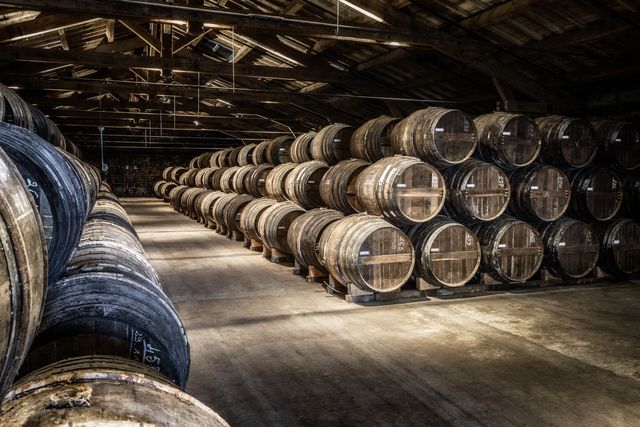
HL: There are definitely different blends. In order to be a Fine Champagne, it has to be a blend of those premier crus of Petite and Grande with at least 50% coming from Grande to have that on our label. Even our VSOP, which is our entry level, is at least 50% Grande. But I can tell you that the blend of Grande in the VSOP is higher than 50%. And certainly, as you go up the quality ladder and get into the XO and up, the blend of Grande will start to get higher until you get all the way to Louis XIII which is 100% Grande Champagne.
CR: Why does Louis XIII differ from the Fine Champagne blend like everything else?
HL: The reason that Louis XIII is 100% Grande Champagne is when it was originally created in 1874, the eaux-de-vie in the blend was from the family reserves. At that time the family’s vineyards were in Grande Champagne, so that’s the eaux-de-vie that they had to work with. So, since its creation 146 years ago, it has always been 100% Grande Champagne. We want to keep it true to its history.
CR: I know that additives like caramel and sugar is often viewed negatively by consumers, but that tradition goes way back to the beginning of the Cognac industry. Can you speak to what your personal opinion on it is and if you can discuss anything being used at Rémy?
HL: We do use caramel for color balancing and for color balancing only. We would never use so much caramel as to affect aroma or taste. Personally, as someone who has been in the industry for a long time and has had just about every competitive product, I can usually detect when a Cognac perhaps has had a heavy hand, but that’s just me. I’m not shipping Cognac off to a lab for a spectrographical analysis or anything like that. But you definitely do have to use it to some extent for color blending because of the way that barrels are used in Cognac. I think there are so many consumers who only think about barrels like they think about American whiskey. The whiskey goes in a barrel and it stays in that barrel. Maybe they move it up high in the rickhouse or maybe they move it down low. However, when you start to tell them about how in Cognac production the eau-de-vie is moved from one type of barrel to another, they get this look on their face like, “What?” So, when you’re using a barrel in Cognac for ten years and maybe two or three fills, you’ve depleted a lot of the tannin content, then yeah, a little caramel color will be needed for balance otherwise it will come out really pale.
CR: Is it true that Rémy distills everything on the lees?
HL: Yes. We have a large distillation facility ourselves in the small village of Touzac, which is in Grande Champagne, with 14 stills and we have a couple small satellite locations with like two to three backup stills just in case something goes wrong. We’re not buying grapes from our growers. We’re buying eau-de-vie they distilled to our standards and it’s 100% on the lees which means that the wine must be distilled in smaller stills and we also have to distill slower just because of that risk of burning the lees.
CR: So, let’s get into some of the more specific expressions at Rémy Martin. I’m pretty sure I know the tale of the 1738 Royal Accord, but can you tell the story of how it came about?
HL: Well, there’s two stories. So, one is the date on the label. 1738 refers to the year in which the house was granted a royal accord, or royal license, from King Louis XV. In the early 1700’s there was a famine in France and in 1731 the Council of State had passed the ruling that no new vineyards could be planted in France. People were dropping dead of starvation in the streets, so they wanted people to plant wheat and foodstuffs. But in 1738, which was only 14 years after the house was founded, Rémy Martin was granted this royal exception to plant new vineyards in Cognac. We’re not aware of any other Cognac house that was granted an exemption, so that’s the story behind the number. The second story is about the blend and is a little bit more interesting. Our cellar master at that time, this would have been 1997, was a gentleman named George Clot. George was the one who originally blended 1738. What he was trying to do is come up with a flavor profile that would appeal to American bourbon or Japanese malt palates. It has been blended and aged in a way to have more roundness and richness to the flavor profile.
CR: That was my thought when I tasted it the first time. It’s the perfect gateway for the bourbon drinker to branch out into Cognac. What makes it so robust and a little heavier on the palate?
HL: Without a doubt it’s the cask aging. We’re very proud of our oak. Our 29 aging cellars are in a village about 5 kilometers outside of Cognac called Merpins. On the other side of the wall in that facility is our cooperage called Seguin Moreau. It’s one of the largest cooperages in France and we’ve actually owned them since 1970. So, we are selling to other people, but we actually own the cooperage and it’s literally just on the other side of the wall from our cellars. We’re using exclusively Limousin forest oak. Not that there’s anything wrong with Tronçais or other oak, but as I said earlier those Fine Champagne’s really benefit from long aging and if you’re going to age Cognac for decades you want to do it in Limousin oak because it’s got that nice, long open grain. Also, there’s this really awesome vanillin tannin in that wood that really just pops out. Generally, when you’re aging in new barrels, your first fill eau-de-vie is really going to get a lot of that vanilla. What we’re doing with the barrels for 1738 is all the staves are air dried for three years and we’re doing a very, very long heating over a medium flame. So not a ton of char, more like a medium plus toast. Because we’re doing such a long heating, you really get great caramelization deep into that stave. That’s really what you’re picking up with 1738. It’s the softness from the caramel in the wood sugars.

CR: At Cognac Reverie there were a few recent articles about age statements on Cognac and how a producer doesn’t have to put any age indication on the label. Whiskey, specifically, has definitely started pushing away from putting ages on their bottles in the last five years or so. Have you noticed a trend at all recently with producers in Cognac opting to forego any kind of age indication on their labels?
HL: No, I don’t think so. We all know and can respect why bourbon and Scotch producers had to move away from age statements. Sales were up so much that they were depleting so much inventory that they couldn’t package it at that age anymore. So, it gives you a little bit more freedom to work with your inventory when you don’t have to manage to a number. When I see innovations coming out lately on Cognac, from competitors in particular, it seems to be a lot less about aging and it’s more either about sourcing of grapes or taking some cues from the Scotch industry about aging regimens. Globally, the US is the biggest importer of Cognac there is and when I looked at the numbers last year like 97.5% of all Cognac produced was exported out of France. But Asia is the second largest consumer of Cognac and those consumers can be very status conscious and can be number and grade driven. So, I think it is probably too much of a deviation for a lot of Cognac houses to get too far away from putting grades on their bottles because they risk confusing their consumers.
CR: I’m really enjoying the newest expression from Rémy Martin called Tercet. I feel this kind of falls into the same category as the 1738 Royal Accord in terms of being a unique, special blend. But this bottle seems to have a more holistic approach to what Cognac is by focusing on the individuals who produce it. How did Tercet even start and what makes it so special?
HL: This actually started in 2007. At that time Madame Pierrette Trichet was still the Cellar Master at the house and Baptiste was the head of what we call our field consultants though he and his team were the liaisons between the house and the Alliance Fine Champagne. They would consult with them on soil maintenance, use of sustainable agriculture, and yeast types. And Baptiste was spending a lot of time in the field, particularly at harvest, and he noticed in the 2007 season that certain vines in certain vineyards were producing a grape that had this really fruit forward flavor profile. He found it once and then he found it again and he found it in about ten different spots here and there. So, the next season he talked to Pierrette and said he’d like to do a little special project off to the side. He knew those grapes, and the resulting eau-de-vie, would have a really interesting flavor profile and I’d like to take this a little bit further and see what I could do. Being the innovator that she always has been, Pierrette said yes. Over the next two or three years Baptiste began to experiment more with how to identify these grapes, how did they need to be distilled to maintain that fruit forward purity, and did we need to flex the aging and maturation to maintain that flavor. It finally got to the point where we launched it early last year only in two markets globally and the United States is one of those. Tercet is all about how the Master Winemaker, Master Distiller, and Cellar Master work together to maintain that purity of fruit.
CR: Was there a reason behind Tercet being 42% ABV instead of the standard 40% like most of the other Rémy expressions?
HL: You know 40% ABV has been the Cognac industry standard for at least 100 years. What Baptiste says is he believes that having the proof just slightly higher at 42% ABV, the word that he would use is vivacity, it adds a little bit more vivacity and sparkle to the palate. You know, it’s not like we’re talking about an over proof rum here or a cask strength whiskey, but just a slight difference really. It highlights those fruity notes.
CR: Are there any other innovations in the works that you can discuss?
HL: Baptiste does have his limited-edition series which is called Carte Blanche. He has done two of those at this point and my expectation would be that there would be a third. He’s very proud of Tercet, and rightly so, because this was his brainchild. He was the one who discovered this flavor profile and he’s been able to bring this product to market. Carte Blanche is different because he’s working with older eau-de-vie that he didn’t distill. It was all the previous Cellar Masters before him. Carte Blanche is the ability that the house has given Baptiste to basically walk around those 29 cellars and kick open barrels and taste them and find really cool flavor profiles that he wants to do something with. The first Carte Blanche that he released, which was probably four years ago, had this really amazing smoky flavor profile to it for whatever reason. He found these casks that just kept the smokey barrel toast flavor and it was the best cigar Cognac I’ve ever had. Then the second Carte Blanche was a little bit less on the smoke and more on the dried fruits and florals notes with a deeper complexity. My guess is there will be another one of these releases from Baptiste, but I don’t have the timing or specificity of anything yet.

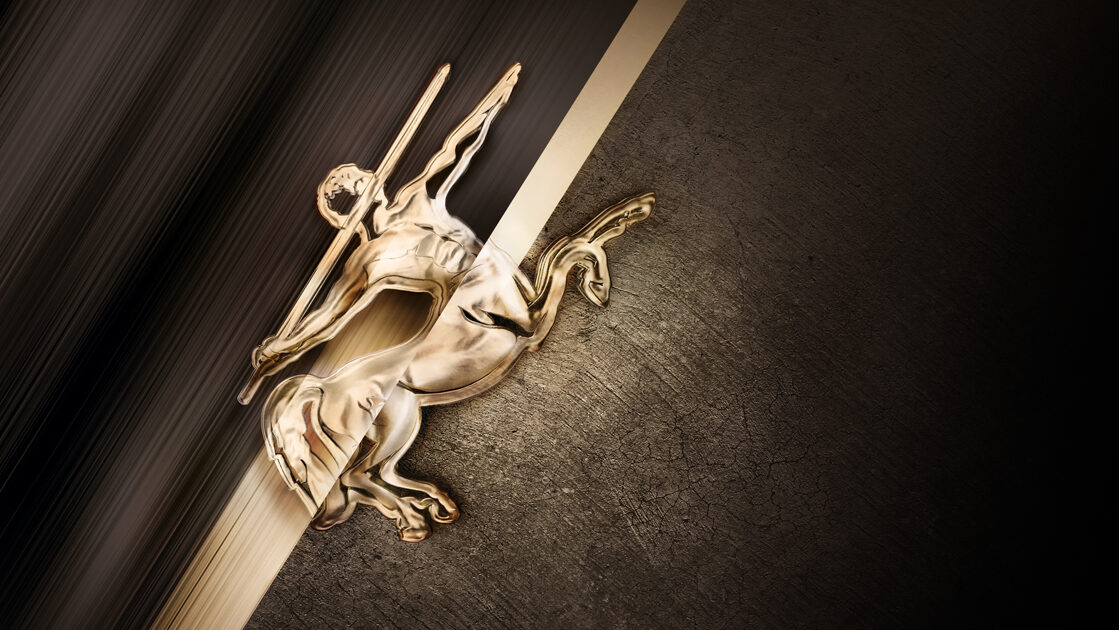

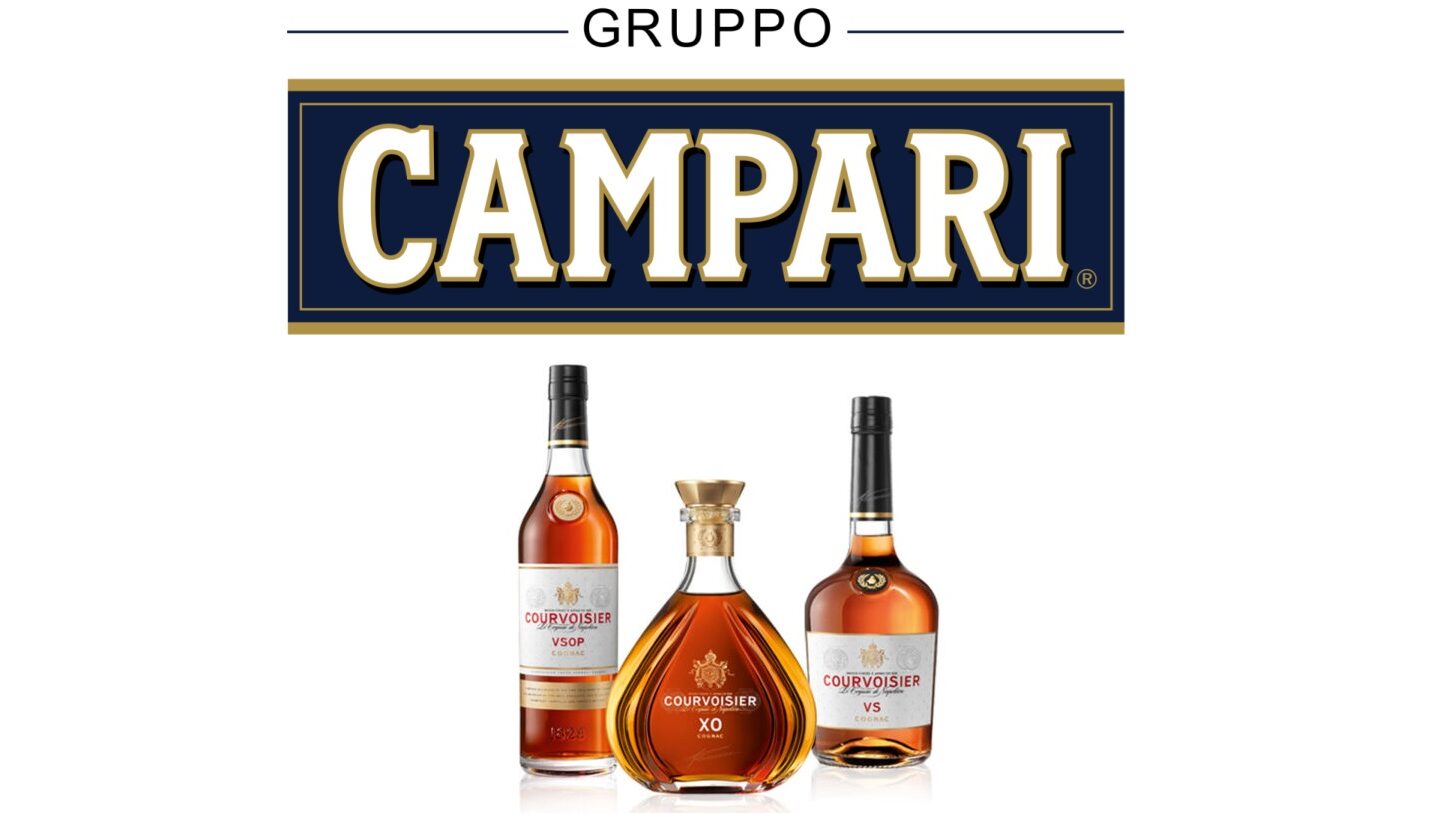
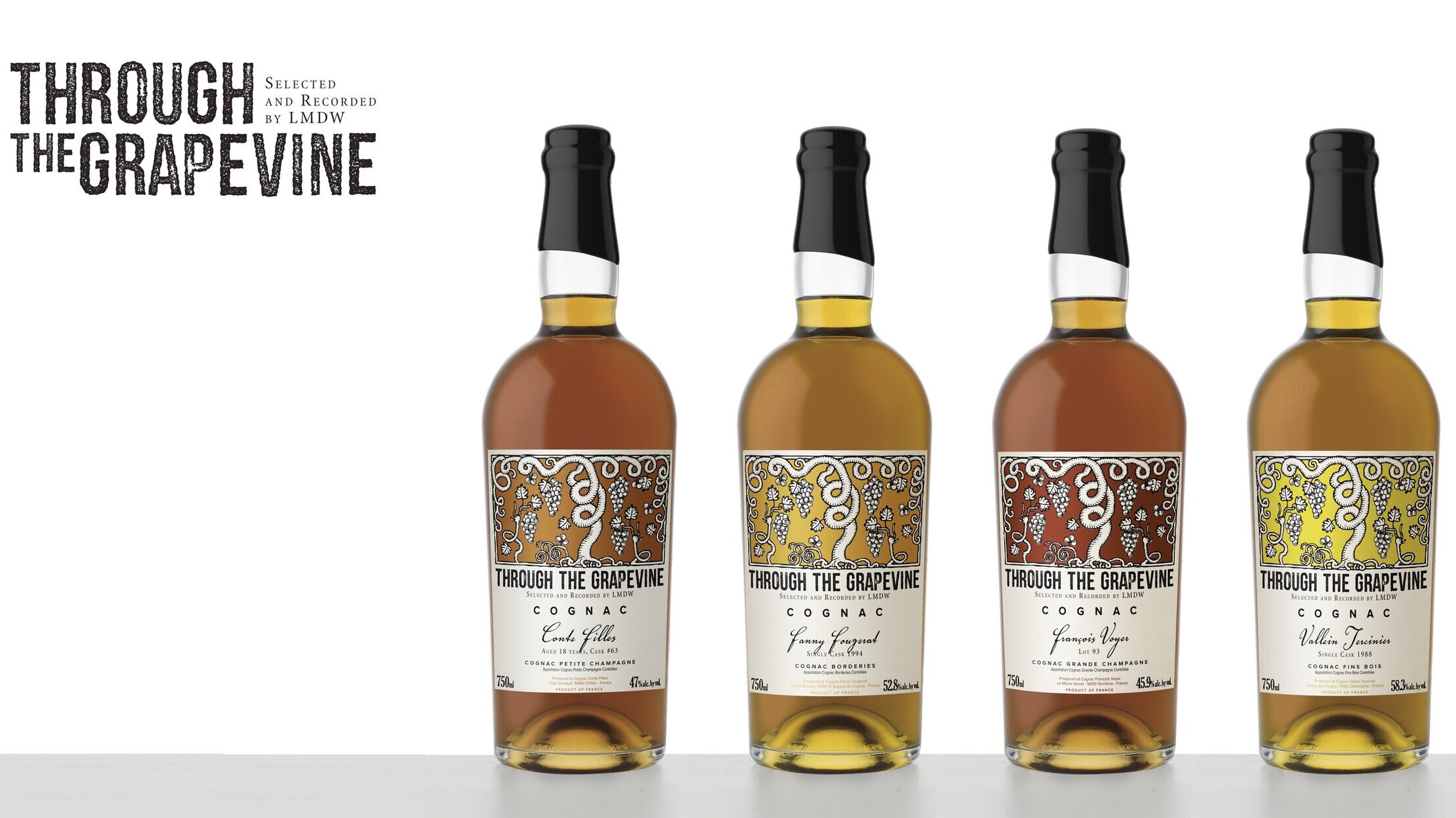
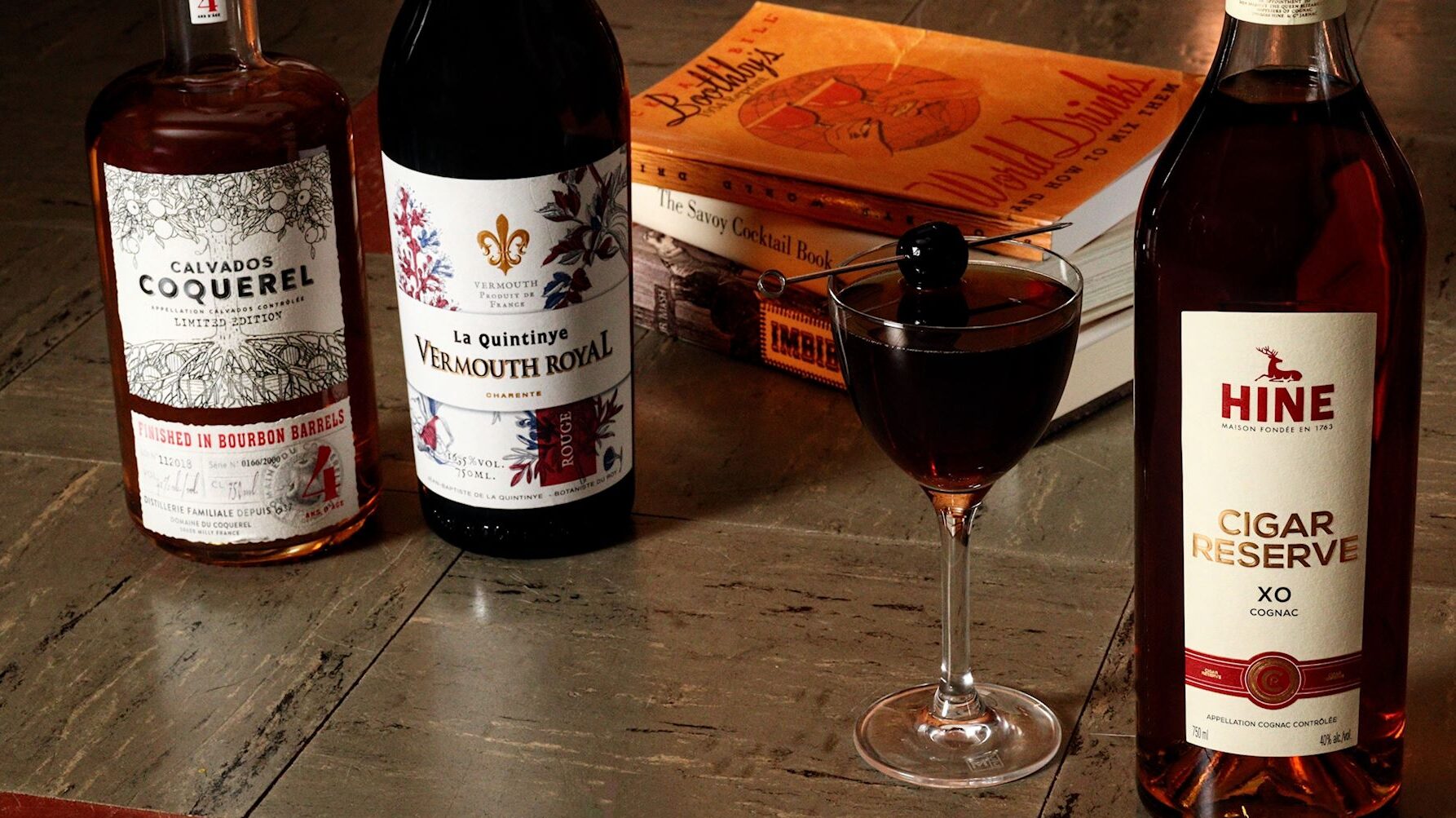
Hugh Lander, you’re awesome!